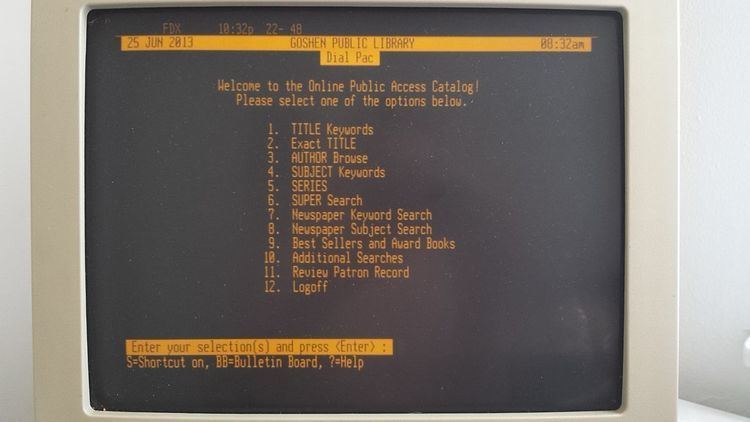 | ||
A library computer system is the software used to catalog, track circulation (where appropriate), and inventory a library's assets. It is intended for home, church, private enterprise, and other small- to medium-sized collections. Larger libraries typically use an integrated library system to manage the more-complex activities, such as acquisitions, interlibrary loan, and licensing online resources.
Contents
- Distributed software vs web service
- Data entry assistance based on ISBN
- Bar code scanning and printing
- References
Some common examples include Libramatic and LibraryWorld.
Distributed software vs. web service
Library computer systems tend to fall into two categories of software:
With distributed software the customer can choose to self-install or to have the system installed by the vendor on their own hardware. The customer can be responsible for the operation and maintenance of the application and the data, or the customer can choose to be supported by the vendor with an annual maintenance contract. Some vendors charge for upgrades to the software. Customers who subscribe to a web (hosted) service upload data to the vendor's remote server through the Internet and may pay a periodic fee to access their data.
Data entry assistance based on ISBN
Many applications can reduce a major portion of manual data entry by populating data fields based upon the entered ISBN using MARC standards technology via the Internet.
Bar code scanning and printing
With most software, users can eliminate some manual entry by using a bar-code scanner. Some software is designed, or can be extended with an additional module, to integrate scanner functionality. Most software vendors provide some type of scanner integration, and some print bar-code labels.
